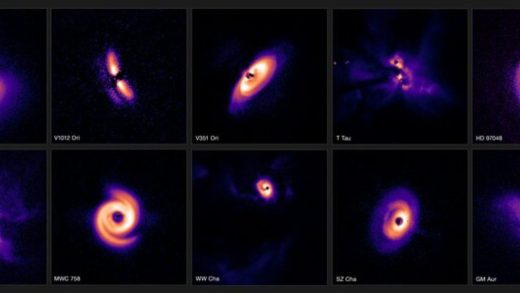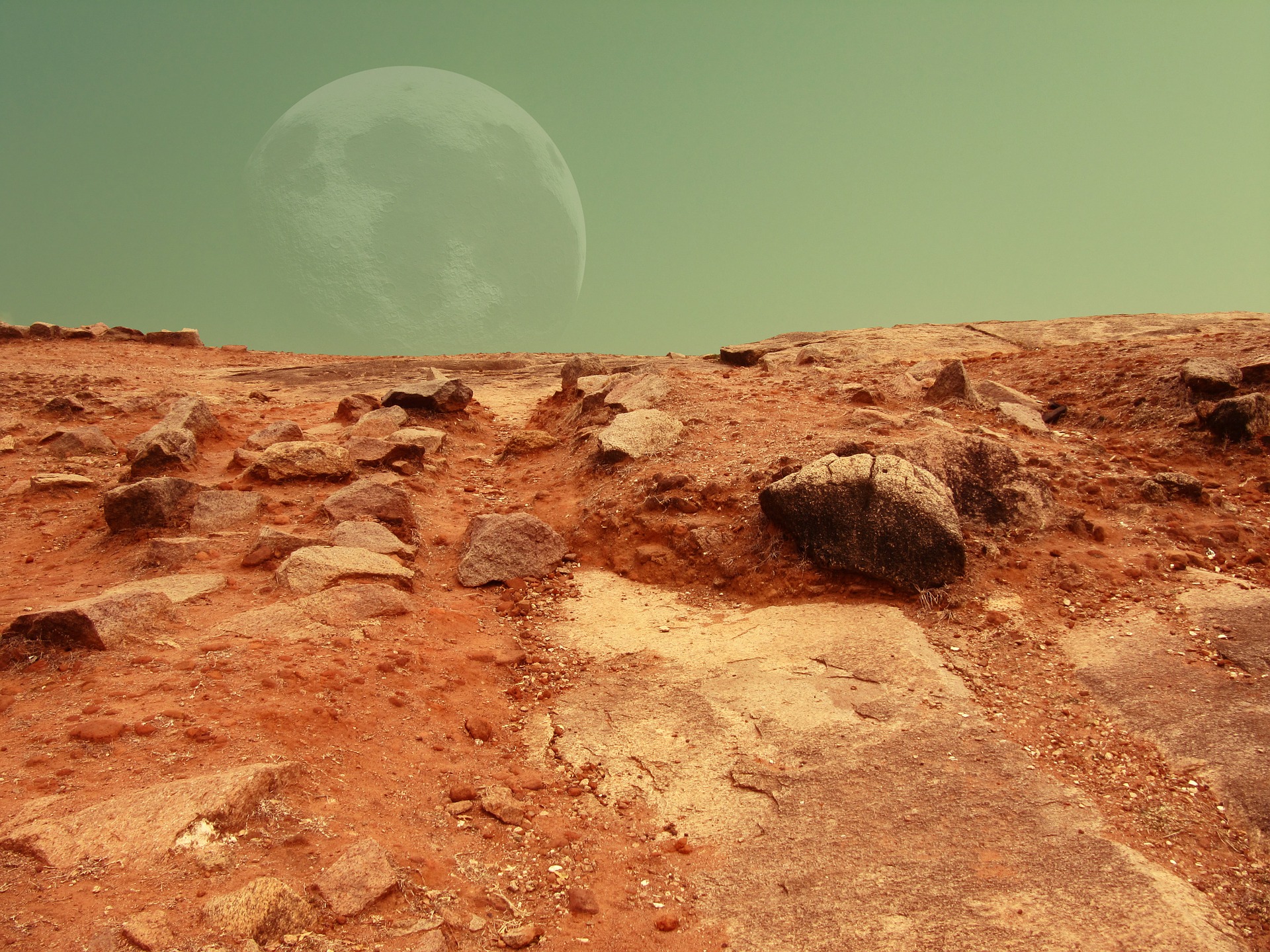James Webb Telescope finds methane and water in the atmosphere of ‘warm Jupiter’
The James Webb Space Telescope (JWST) has detected water vapor and methane in the atmosphere of an exoplanet named WASP-80 b. Located nearly 163 light-years away, the gas giant exoplanet, which orbits a K-type star, happens to be similar to our own gas giant Jupiter, both in aesthetics and components.

The presence of water vapor in the atmospheres has been pinpointed for around a dozen planets so far, but the detection of methane, although common in the atmospheres of Jupiter, Saturn, Uranus, and Neptune, is considered much rarer.
Astronomers successfully made this discovery by using the NASA’s JWST to observe the exoplanet WASP-80 b passing by a red dwarf star, the parent star of the distant solar system.
The team responsible for this incredible finding includes Arizona State University scientists Luis Welbanks and Michael Line of the School of Earth and Space Exploration, and Bay Area Environmental Research Institute (BAERI) researcher Taylor Bell.
Welbanks stated in a statement: “This was the first time we had seen such an obvious methane spectral feature with our eyes in a transiting exoplanet spectrum, not too much unlike what could be seen in the spectra of the solar system giant planets a half a century ago.”
It’s notable that this isn’t the first time the JWST has discovered methane in the atmosphere of an exoplanet. The same observatory had discovered methane molecules around exoplanet K12-18b just a few months ago.
The class of this exoplanet falls under the title ‘warm Jupiter’ in terms of its proximity to its parent star. Our own Jupiter is classified as a “cold Jupiter” due to its greater distance from its host star, the sun.

The feat of successfully distinguishing WASP-80 b from its parent star is very impressive, even for the likes of the $10 billion JWST. In fact, it is equivalent to spotting a marble with a diameter of 1 cm from 621 miles (1000 kilometers) away.
According to Welbanks, methane is not only an important gas in tracing atmospheric composition and chemistry in giant planets, but it is also hypothesized to be a possible signature of biology when combined with oxygen.
Further elucidating the significance of methane gas in a planet’s atmosphere, Line, an associate professor at the School of Earth and Space Exploration, said, “Methane is important as it is the main carbon reservoir in cooler (less than 1,000 K) giant planets, much like our own solar system giants, Jupiter and Saturn. If we want to understand atmospheric composition and chemistry in these cooler regimes, detecting and constraining the abundance of methane is absolutely essential.”
Further observations of WASP-80 b using MIRI and NIRCam on the JWST will help scientists examine the atmosphere’s properties using various light wavelengths.
Launched in 2021, The James Webb Space Telescope (JWST) is a massive infrared observatory capable of exploring cosmic history, from early post-Big Bang glimmers to the formation of life-supporting solar systems and the evolution of our own. A joint effort among NASA, ESA, and CSA, JWST features cutting-edge tech like a segmented mirror, a tennis court-sized sunshield, and ultra-sensitive instruments, enabling precise study of celestial phenomena. Operated by the Space Telescope Science Institute, JWST marks a milestone in space exploration with its unmatched precision and capabilities.


